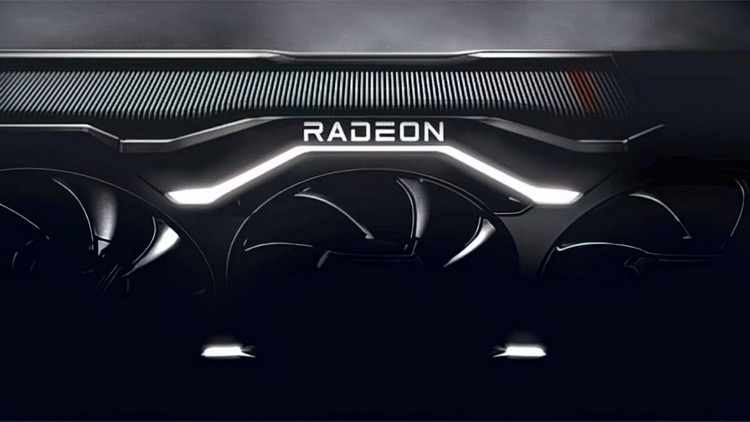
In contrast to the production of solid-state memory such as 3D NAND, in which the Chinese company YMTC lags behind the world leaders by literally one generation, the production of memory chips such as DRAM is given to Chinese companies with great difficulty.According to estimates by South Korean experts, China's CXMT lags behind its Korean rivals in this area for a couple of generations and five years.Image source: SMICFor example, as explained by Business Korea, the leading DRAM manufacturing company in China, CXMT has declared readiness to start production with the technology standards of 16 to 17 nm this year, while the Korean SK hynix and Samsung Electronics in comparable terms are going to switch to 12-nm and 13-nm technology combined with EUV-lithography.Each generation of lithographic technology in memory chip production is separated from the previous one by about two or two and a half years, so Chinese DRAM manufacturers lag behind their Korean colleagues by about five years, according to experts.The same CXMT, according to their data, suffers from a low yield of good products.Even having mastered the production of memory using 19-nm and 18-nm technologies in 2019, it now receives only three-quarters of good chips from the silicon wafer.In the next generation, CXMT's yield rate of good products does not exceed 40%.As a result, the company's share of the global market does not exceed one percent.According to Korean analysts, the Chinese memory chip industry will not be able to match foreign competitors as dramatically as it did in the display industry.The lag in solid-state memory technology from Chinese companies is noticeably smaller, but still reaches a couple of years.Korean companies are going to mass produce 3D NAND chips with more than 200 layers by the end of this year or early next year, while China's YMTC is unlikely to do so before 2024.The company can be kept from further convergence of YMTC with Korean competitors by the introduction of specific sanctions from the U.S., but so far this factor does not limit the development of this segment of the Chinese industry.In the segment of contract production of more complex microchips China is behind South Korea by about five years.Samsung Electronics is already able to produce 5-nm and 4-nm products for its customers, while China's SMIC has not progressed beyond 14 nm - largely due to U.S.sanctions, by the way.Further development of advanced lithography without switching to ultra-hard ultraviolet light (EUV) seems difficult, but this is where U.S.sanctions against SMIC come into play.


0 Comments